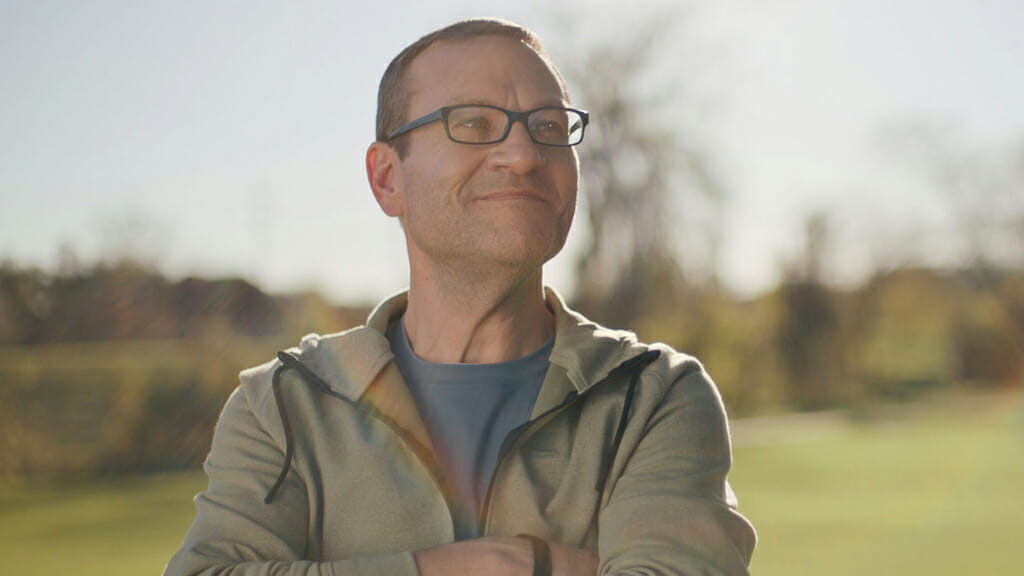For many patients, caregivers and even healthcare professionals (HCP), there is a pervasive misunderstanding about overt hepatic encephalopathy (OHE).
The condition occurs in up to 80% of patients with cirrhosis and is most easily explained as when someone’s liver is damaged and less capable of removing toxins from blood. This leads to a risk that those toxins will reach the brain and disrupt its normal functions. Disorientation, lethargy, personality changes and inappropriate behavior are common symptoms of OHE.
To raise the profile of this potentially dangerous medical event, Salix recently launched its I Wish I Knew campaign, which was supported by the company’s research and listening to patients. OHE is a priority for Salix, which produces Xifaxan, the first FDA approved medicine for reducing the risk of recurrence of the condition in adults.
The heart of the campaign is a 60-second spot starring Mark, an OHE patient who describes what he wishes he had known and the experience of feeling like he was “losing his mind” prior to being diagnosed and treated for the disease.
“We wanted to share the story of a real patient as this is not a condition that you want to trivialize in any way,” Nicola Kayel, VP of GI Marketing at Salix, explains. “We picked someone who wanted to share their journey in terms of their steps to a diagnosis. Mark was not only willing to partner with us to tell his story, but he was engaged in wanting to educate and ensure that others would learn from his experience. When you keep your patient front and center, you usually end up creating something that resonates positively with your target audience.”
The patient is not the only person in the equation that Salix wants to keep “front and center.” In both the spot starring Mark and on the Xifaxan website, caregivers are given notable prominence. The website’s Caregiver Corner includes essential information on tracking symptoms and managing treatment plans.

Kayel explains that for Salix, the education of caregivers is a matter of “connecting the dots,” between the brain functions and the underlying liver condition.
“It’s often the caregiver — a friend or a family member — who notices the initial signs and symptoms. They’re often the trigger to the patient getting diagnosed,” Kayel adds. “Once that patient has been diagnosed, the caregivers are an important part of ensuring that patients manage their symptoms. They get them to those doctors appointments and assure they are compliant with their treatment regime. The caregiver plays a critical role here in this patient journey.”
The campaign has digital, social, and connected TV components, assuring that the first OHE ad should reach a broad audience.
In extensive conversations with patients living with OHE, Kayel says Salix recognized that while it is not a new condition, patients have a lot of questions and there’s limited awareness of the symptoms and connections back to underlying liver disease.
“We heard so many patients tell us, ‘You know, I wish I knew,’ which became the tagline on the campaign,” she says. “There was clearly an educational gap that was not getting addressed and we felt we could start to address it through the campaign.”
Going forward, Salix is aiming for patients who have been diagnosed with chronic liver disease to recognize that they could potentially progress to developing OHE and take preemptive steps to stave off the worst that could come. Kayel says that the campaign relies on a real patient story with the goal of informing and educating patients that their liver disease could potentially affect their brain.








